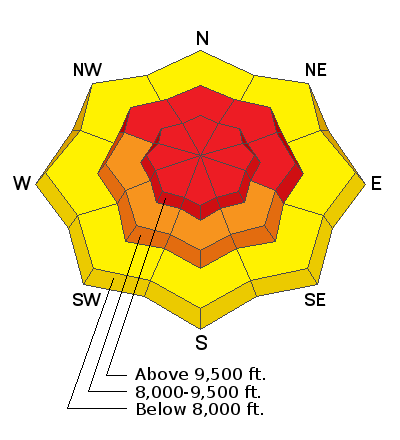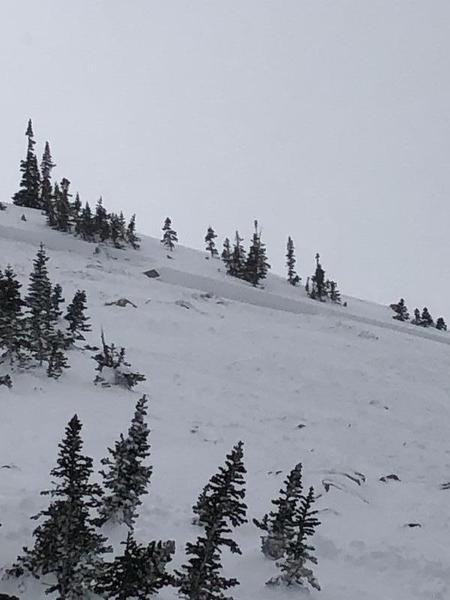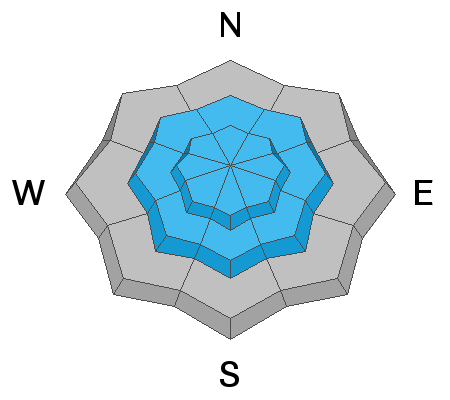Little Cottonwood Canyon is currently closed for avalanche control work with an estimated opening of 8AM.
Thanks to the generous support of our Utah ski resorts and Ski Utah, we have discount lift tickets available. All proceeds support the UAC. Get your tickets
HERE.
Consider taking an avalanche class, there are many different options. Click on the Education menu for a full list of classes from the UAC and other providers. Check out the Know Before You Go
eLearning program for free, online, avalanche classes.
Blockbuster. The Cottonwoods and Park City ridgeline picked up another 3-6" overnight, pushing snow totals since later Thursday to 24" (2.82"SWE) in the upper Cottonwoods and 14-18" (1.70"SWE) along the PC ridge. I'm expecting heavy snowall this morning with showers lingering though the afternoon. This could add up to another 6-9" throughout the day.
Temperatures have warmed through the night are are in the mid to upper 20s.
The westerlies are blowing 15-20mph with gusts to 35. The highest anemometers are seeing hourly speeds to 40 with gusts to 70. Winds will blow 20-25mph from the west and then lose steam as they slowly veer northwest during the day.
Our
Week in Review - summarizing the significant weather and avalanche events of the past week - can be found
here.
We've been working on revamping our Mountain Weather page - you can find it in the Forecast section of the Menu above.
Natural activity in the storm snow occurred in the early morning hours yesterday and control teams kept active with fresh wind slabs and storm snow activity. Explosive work continue to trigger patchwork avalanches to near the ground in the upper Cottonwoods with some running as repeaters from previous mitigation.
- Yesterday a backcountry party had a very close call in the Brighton backcountry area called Figure 8 Hill. A skier triggered and was caught and carried in a reported 3' deep and 100' avalanche that broke near the ground into the old weak early season snow. It was not a full burial as first reported - the skier came to rest with his head sticking out of the snow, but he had suffered a dislocated shoulder. Their report to us is HERE. Thanks; best for a speedy recovery. Figure 8 Hill is a steep northeast facing run at 9900'. Pic at the bottom.
- West Monitor - a natural cornice fall triggered a repeater avalanche nearly 2' deep and 80' wide on this steep northeast facing slope at 10,000'.
- Dutch Draw - a skier reportedly triggered a 1-2' deep and 150' wide avalanche on a steep northeast facing slope at 10,000'.











